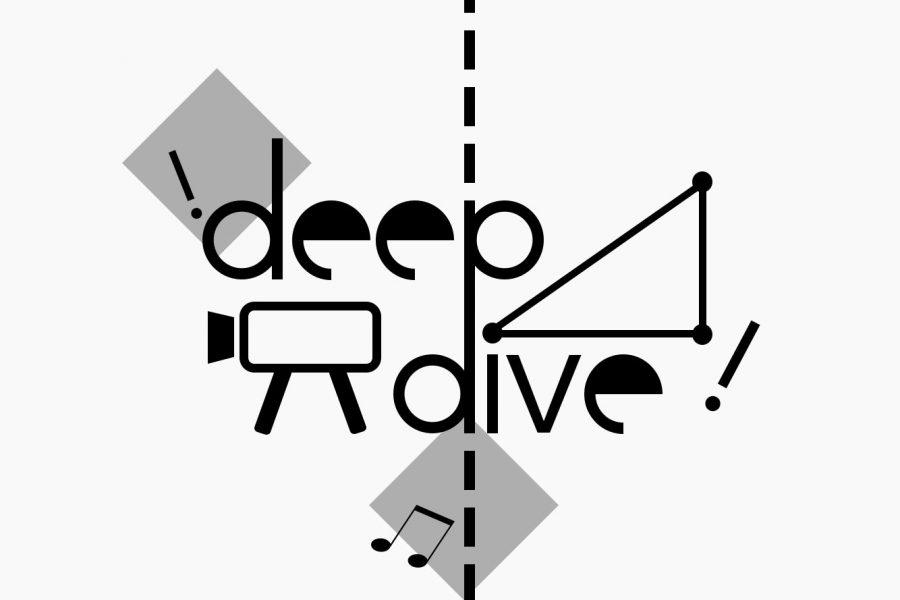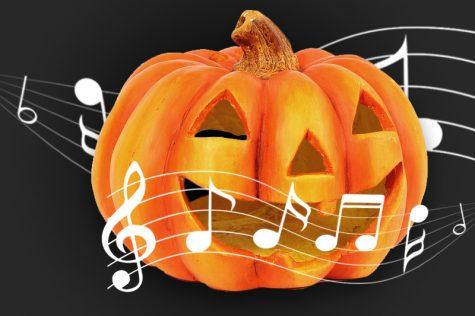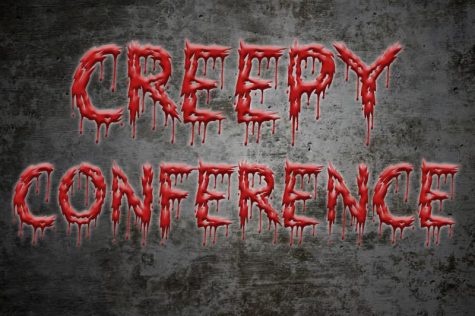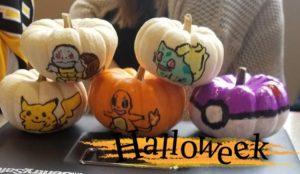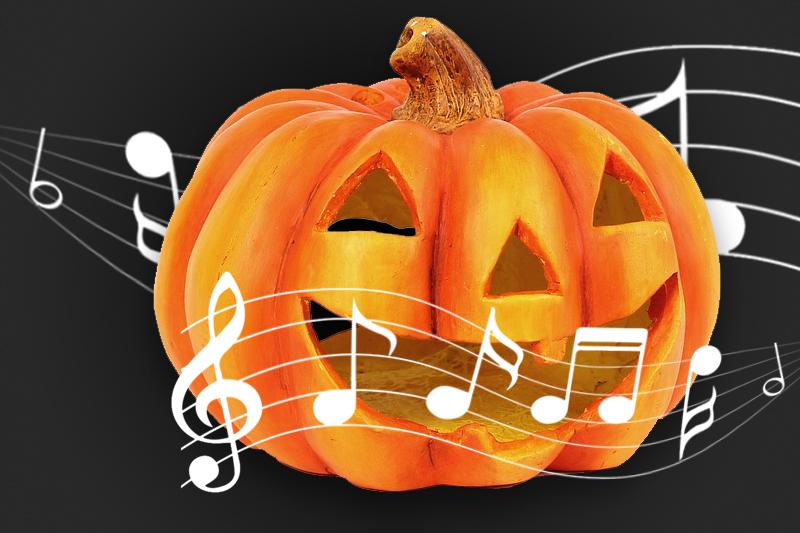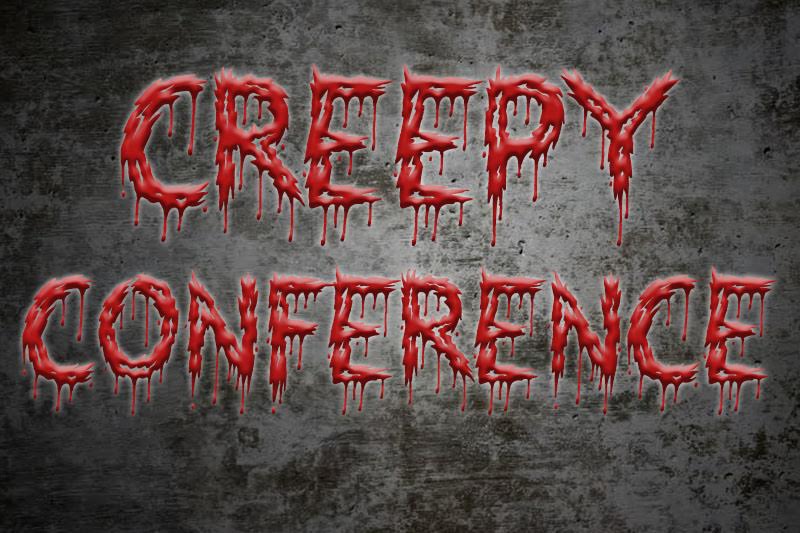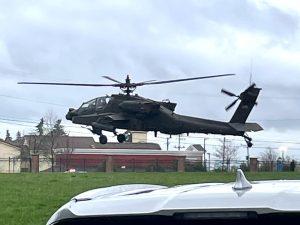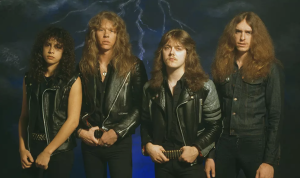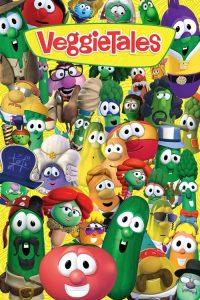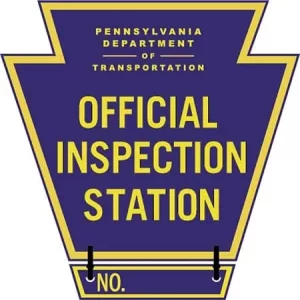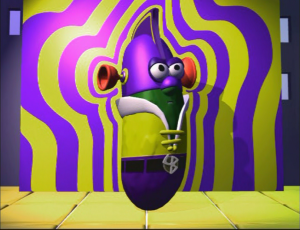Deep Dive: The death of the horror genre
October 28, 2018
If you want to see a horror movie this Halloween, your options are fairly limited. While Netflix has plenty of options in their Horror section, the quality can range from mediocre to horrible. Relying on loud noises and scary visuals, most of these films are good for one watch, After that first experience, the movie loses any and all value. Horror is dead, and we have killed it.
To fully understand what is wrong with the modern horror film, it’s important to understand what made the legends of horror legendary in the first place. Horror was impactful for the risks and shocking chances it would take. Blood wasn’t something you typically saw in media, so when a director used gallons of it, audiences were surprised. This, in turn, is what made the villains so popular.
Horror in the 1980s was defined by serial killers. “Nightmare on Elm Street,” “Halloween,” “Friday the 13th” and “Child’s Play” all focused on supernatural psychopaths that plagued suburban neighborhoods or summer camps. The situations were relatable, and viewers were able to empathize with the characters. Attached to the scary sequences were full length movies, offering a plot about the killers and their effects on the world.
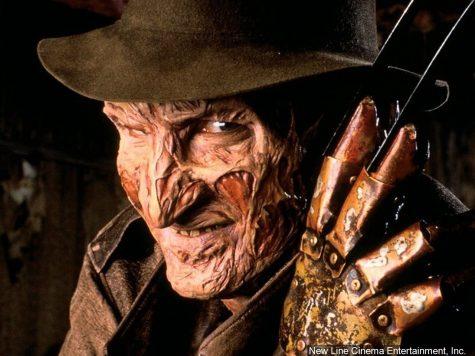
Photo Credit: MGN Online
These older horror movies have something special that the modern thriller can’t replicate: style and character. The original “Nightmare on Elm Street” trilogy, while extremely cheesy and dated, is still enjoyable to watch. You know what Freddy Krueger looks like, what he acts like, yet the movie still stands on its own as a film. Knowing where the scares are doesn’t take away from the film, and can even inspire laughs from today’s audiences.
While shows like “Stranger Things” attempt to market this style in 2018, the sheer creativity of early horror directors is something that we rarely see replicated. The early horror icons were legends in their fields. Each kill under Jason Voorhees’s name is not only gruesome, but also creative. The masked slasher had style, and was proud to flaunt his creativity. Even if audiences weren’t scared, there was a visually impressive seen that left an impression on viewers.
As society moved forward, the horror genre was forced to adapt. Rather than bloody machetes, audiences responded better to jump scares and loud noises. Horror became defined by scary concepts, not the creatures themselves. Having a painfully quiet scene interrupted by a loud bang is the new norm for horror. This change would prove to be one of the worst changes to horror.
While the early pioneers of horror were masters of their craft, modern directors try to fill out a “Color by Numbers” page for their stories. Jumpscares? Check. Off screen murder? Check. Bad story and bland attempts at comic relief? Check. All of the originality slowly leaked out of the minds of these directors, leaving a machine in the genre that pumps out a new movie every year.
Series like “The Nun,” “The Purge” and “The Conjuring” all have the same scary monster: sound. While movies like “The Quiet Place” can use this to their advantage, the scares often come from not knowing what to expect rather than what’s in the film. It’s the same formula: loud noise, surprising visual, then have the character escape just in time. Throw in a couple of fake outs involving pets or kids, and you have a movie that will make enough money to make a profit.
This started to affect the classic horror villains, and would ultimately ruin their legacy to modern viewers. The famed killers and creeps of the 1980s slowly but surely become watered down and shallow images of themselves. Once Jason was turned into a cyborg from the future, the signs were clear. Horror as we knew it was dead, and the studios killed it.
An excellent example of the effect of studio involvement and switching of directors ruining these series is 2003’s “Freddy vs. Jason.” Aiming to have the icons crossover, the movie is a cheesy mess of bad CGI, even worse acting and special effects. People go flying anytime a small amount of force hits them, similar to an episode of “Tom and Jerry.”
The directors of the 1980s acknowledge something special about horror: it should be shocking, yet entertaining. A jump scare, while scary in the moment, loses its charm when you know that it’s coming. If you can truly subvert the viewers expectations, and surprise them through a characters actions rather than sounds and visuals, the scare will linger with viewers for much longer after the movie.
The Babadook jumping out from behind a door is the equivalent of strapping a bullhorn to a cat. While the loud noise and unpredictability of the scare will make you jump at first, it only works once. The novelty of the movie will make you want to watch it again, but knowing that the thing scaring you is the equivalent to a sweeper with a black sheet thrown over it reduces any tension in the scenes.
Is there a way to save horror? While many big studios are only willing to produce cheap movies that make money, a rise in crowdfunding and independent directors is leading to original ideas being featured more and more. Additionally, horror has seeped it’s way into the gaming genre, which has less barriers to entry than the movie industry. Horror may be dead, but like all of the classic villains, it is fated to rise again.



